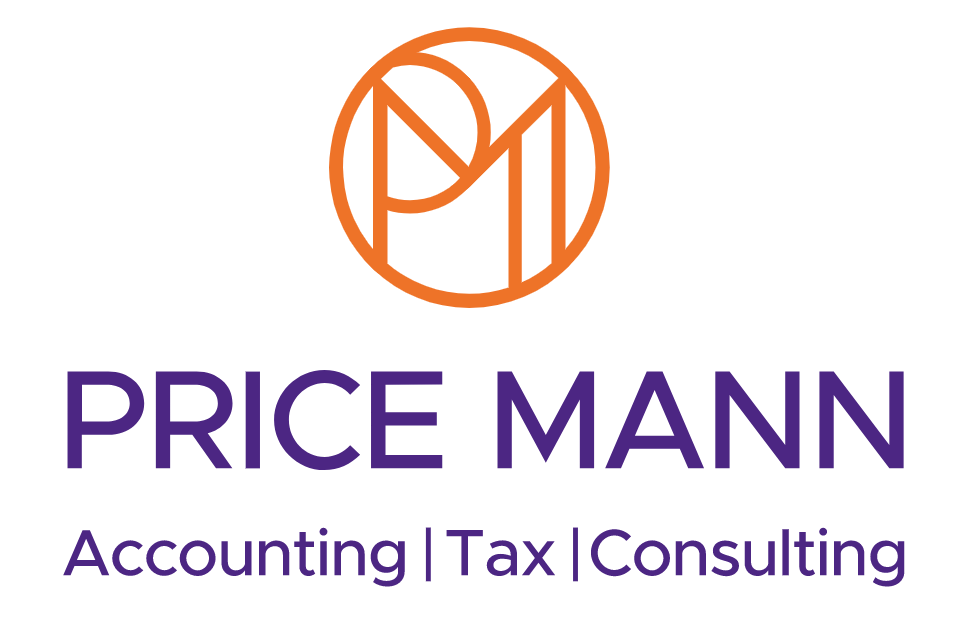Investment in the UK’s manufacturing sector is poised to rise as a result of the capital allowances super-deduction.
The super-deduction enables companies that invest in qualifying new plant and machinery to benefit from a 130% first-year capital allowance.
The policy kicked in on 1 April 2021 and allows companies to cut their tax bill by up to 25p for every £1 they invest in qualifying business assets.
Investing companies will also benefit from a 50% first-year allowance for qualifying special-rate (including long-life) assets.
In the UK’s manufacturing sector, research suggests that most companies are planning to raise investment levels in 2021/22.
A study from Make UK found 23% of companies plan to increase investment levels, while 28% are speeding up investment plans.
However, 49% said the super-deduction would not incentivise them to raise their investment plans or their plans were too rigid.
The policy was announced in the Budget on 3 March 2021, with the Office for Budget Responsibility expecting it to boost company investment by 10%.
Verity Davidge, director of policy at Make UK, said: “The Budget made a clear impact on manufacturers in terms of confidence and they are stepping up their plans to invest in response. For too long the UK’s investment performance has been below par and the [super-deduction] incentive should provide a boost in the short-term at least.”
VAT-registered firms start using digital links under MTD
A million businesses need to have digital links in place to submit VAT returns and comply with phase two of Making Tax Digital (MTD) for VAT.
All VAT-registered firms have until their first VAT return period, starting on or after 1 April 2021, to put digital links in place.
A digital link is an electronic or digital transfer, or exchange of data, between software programs, products or applications.
The links are required to provide an external audit trail between VAT-registered firms’ transactions and the nine VAT boxes.
Audit trails can break down between different programs, but any gaps can be filled by bridging software which uphold the integrity of the numbers.
For most VAT-registered firms, this means using accounting software or similar systems to maintain all their VAT records.
These must be capable of receiving information from HMRC digitally via its application programming interface (API) platform.
HMRC said spreadsheets can still be used, but that cutting and pasting or adjustments no longer constitute a digital link.
Penalties also took effect from 1 April 2021 for the late-filing of digital returns, although the Revenue plans to overhaul this regime next year.
The second phase of MTD for VAT was due to take effect from 1 April 2020 only to be delayed for a year during the first COVID-19 lockdown.
HMRC rolls out new measures to ‘tackle CIS abuse’
Four new measures affecting the construction industry scheme (CIS) were enacted from 6 April 2021 as HMRC cracks down on tackling abuse of the scheme.
First, the tax authority can now amend the CIS deductions suffered and reclaimed on real-time information via the employment payment summary to an amount matching any evidence HMRC holds. If there is no evidence or a construction firm is not entitled to set-off in this way, HMRC could remove the claim completely and prevent a company from submitting another set-off claim for the rest of a tax year. Being on the wrong side of this change could cause significant cashflow disruption and detailed records should be kept to support any set-off claims.
The second change is aimed at subcontractors who claim the cost of materials on a project, and avoid a CIS deduction on this amount as a result. It is only where a subcontractor directly incurs the cost of materials bought to fulfil a particular building contract, that the cost in question is not subject to a CIS deduction. Under CIS rules, contractors must ascertain both how much was spent and that it represents the direct cost to that subcontractor for the contract.
The third change updates the rules for operating CIS as a deemed contractor. Businesses operating outside of the construction sector need to apply the CIS when the total spending on construction operations exceeds £3 million over the past 12 rolling months. Previously, a business only had to operate under the CIS if its average expenditure on construction operations exceeded £1m over the last three tax years.
Last but not least, HMRC has expanded the scope for imposing a penalty for supplying false information on applying for payment under deduction or gross payment status. The person or business to whom the registration applied could be penalised before last month, but now this also applies to anyone who exercises influence or control over a person registering for the CIS and either encourages that person to make a false statement or does so themselves.
Workplace pension contributions bounce back after slump
Payments into defined-contribution workplace pension schemes increased in the third quarter of 2020, according to the Office for National Statistics (ONS).
During the first national lockdown last spring, many employees stopped or reduced contributions into their workplace pensions to save money amid fears of being made redundant or losing their jobs.
Data from the ONS showed that employee (-11%) and employer (-5%) contributions were both down in the three months to 30 June 2020, despite employers having to continue paying into employees’ workplace pensions at pre-pandemic levels if using the hugely popular furlough scheme.
In the three months between 1 July and 30 September 2020, employee (+12%) and employer (+7%) workplace pension contributions both bounced back, the ONS said.
The recovery in workplace pension defined-contribution levels correlated with an increasing number of employees coming off of the furlough scheme during Q3 2020.
The ONS said there were 2.8 million employees on furlough by 30 September 2020, compared to 6.8m at the end of June 2020, implying retirement savers had battened down the hatches for the short term.
Helen Morrissey, pension specialist at Royal London, said: “After seeing a dip in employer and employee pension contributions in the last set of data, it is encouraging to see the figures have bounced back. While this will be because less workers were on the furlough scheme, it is heartening to see the uncertainty caused by the pandemic has not caused people to turn their back on [defined contribution] pensions by either stopping or slashing their contributions long term.”













